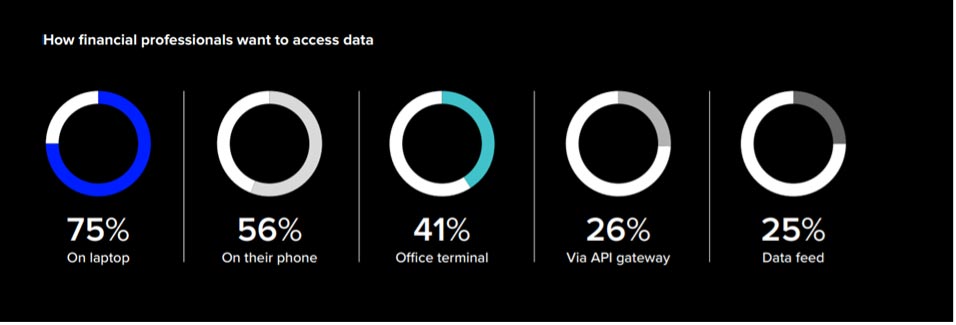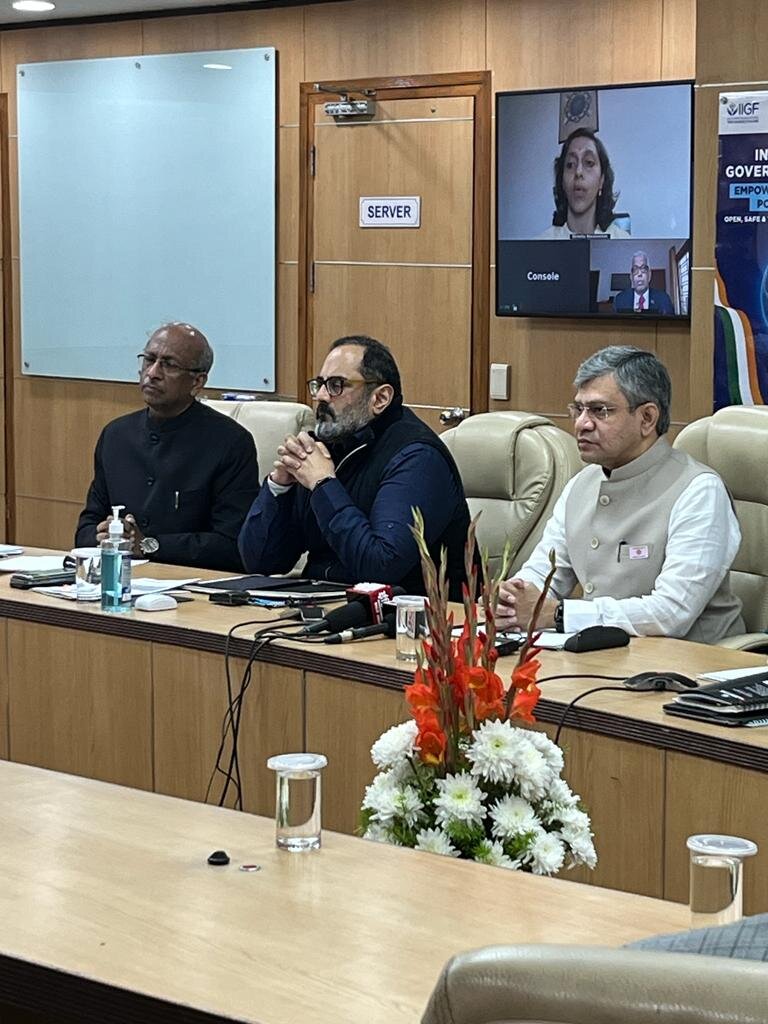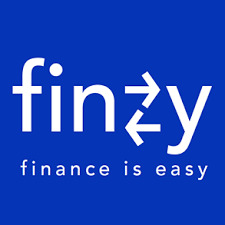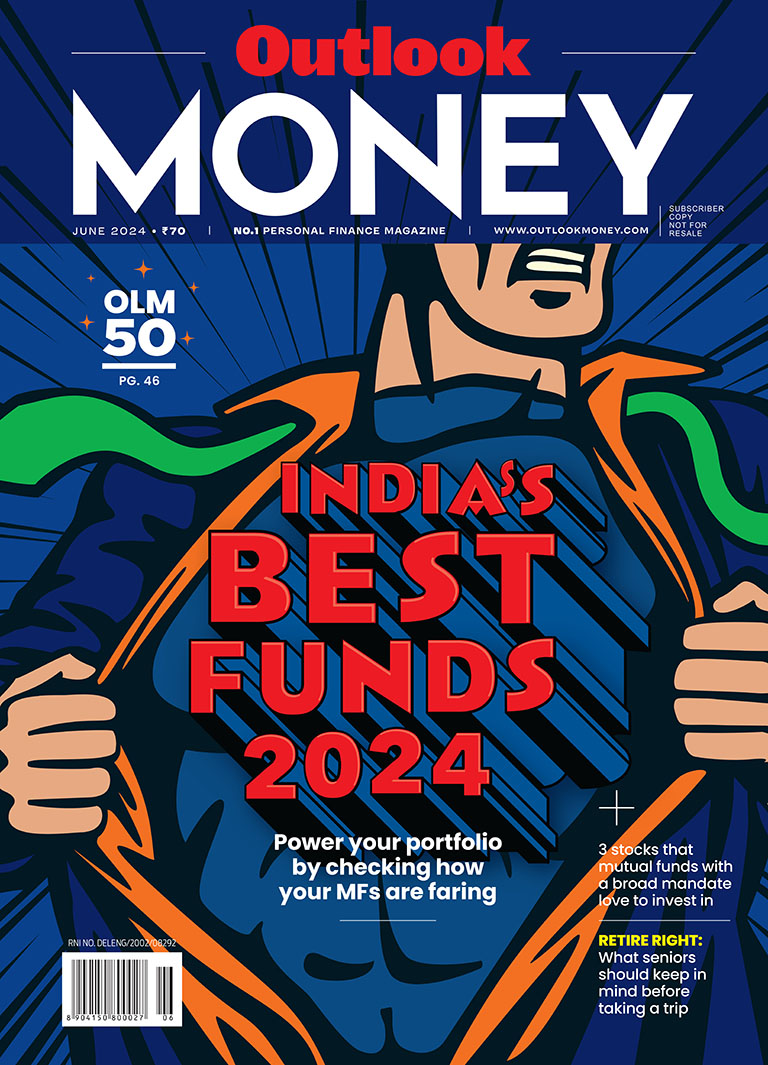Financial Literacy in Rural Areas: Apprehensions attached with E-Wallets and Net Banking
The Indian population is huge and nearly 76% of it does not understand even the basic financial concept

Out of a total Indian population of 121 crores, 83.3 crores of people belong to the rural areas and witness financial illiteracy in its realest and worst forms*. People of rural India have always been apprehensive about anything that is even remotely digital and find it hard to accept the recent trends that have made the digital medium of financial transactions so popular. Finance management has always been a tough technique to master and with the recent development of strategies and tactics, complications have increased manifold.
Born in 2003 with the Organization for Economic Co-operation and Development starting an inter-government project, the concept of financial literacy aimed to provide new avenues for improvement of financial education.
The idea soon spread further and has now gotten merged with digitalization, giving rise to ‘Digital Financial Literacy’. With this merger, the conventional idea of financial literacy is not the only trend that people need to be guided about. Instead the extra effort needed is to educate them about the digitalization of financial transactions too.
Education about Financial Literacy
The Indian population is huge and nearly 76% of it does not understand even the basic financial concepts***. Even though the concept of financial inclusion has spread its branches in the rural areas, not much of it has had any effect due to inefficient financial literacy. Indians consider financial literacy to be important for an adult, but don’t realize that if the idea of financial literacy is ingrained in the minds of a child during the learning/schooling stage itself, he/she would automatically grow up to be a financially literate individual.
Rarity of Operative Bank Accounts
With the statistics saying that currently, only 35% of Indians have bank accounts, complete financial literacy would be a very hard goal to accomplish. Even though the government encouraged the opening of bank accounts under its Jan Dhan Yojana Scheme and achieved a great deal, but it received quite a lot of criticism as well.
Migration of Youth from Rural to Urban
Every year a large chunk of the young population moves from the rural areas to the urban ones in search of better education and employment opportunities. The youth is the most advanced generation today, and if an area becomes deprived of the young population, it will drastically go down the development slope and will end nowhere. The rural areas are in crucial need of better education and employment services and opportunities for all sections of the population. The women and children do not have much knowledge of net banking & e-wallets and hence the apprehensions about them keep the people away from bringing such technologies into use. Imparting people with knowledge of the system would automatically build trust about it in their minds.
Poor Financial Conditions
Another huge hindrance in the spread of digital financial literacy in rural areas is poor financial conditions of the people. Most people living in such areas are daily wage earners who do not have the luxury of using gadgets and technology which are compatible with e-wallets & net banking. By lacking the access to such services, the people of rural areas always get intimidated by the complicated tech wallets that have suddenly taken the nation by storm. Lack of infrastructural facilities to aid the financial literacy plans has added to the problem as well.
RBI’s Contributions to the Cause
The Reserve Bank of India made a major contribution by undertaking ‘Project Financial Literacy’. The objective of the project is to disseminate information about banking concepts to multiple sections of the society including school and college going children, women, rural and urban poor, defense personnel and senior citizens. The RBI website even has a link that provides all information about the financial and banking concepts in English, Hindi and 11 vernacular languages.
Solutions to the Problem
-
Student’s academic curriculum can be a great medium to spread financial literacy at the grass root level. Introducing students to age-appropriate comic books on money and banking, and games that teach them about financial education would be the best way to imbibe the concept in their minds. To ensure that the concept is spread across the nation, the learning material can also be translated. Imagine the number of individuals you would reach if you make the material available in multiple languages!
-
The Jan Dhan Yojana was a success with approx 31.20Cr** accounts opened; but the results could have been multiplied if, before opening the accounts, people had been provided with information about the scheme and its working. The government can initiate more schemes like the Atal Pension Yojana, which provided citizen the benefits of pension, with 50% contribution made by the government to build financial security for the rural individuals.
-
People learn best at places they are familiar with and through medium of people whom they trust. There are a number of institutions which have set up Community Service Centres (CSCs), managed by the people of the village itself and at locations which the people are familiar with.
The digital financial literacy imbalance between rural and urban India is no secret, but with contribution from each side, none can stop the nation from achieving the aim of making finance digitalization from reaching even its remotest corners!
The author is a Deputy General Manager- Financial Inclusion, AISECT









